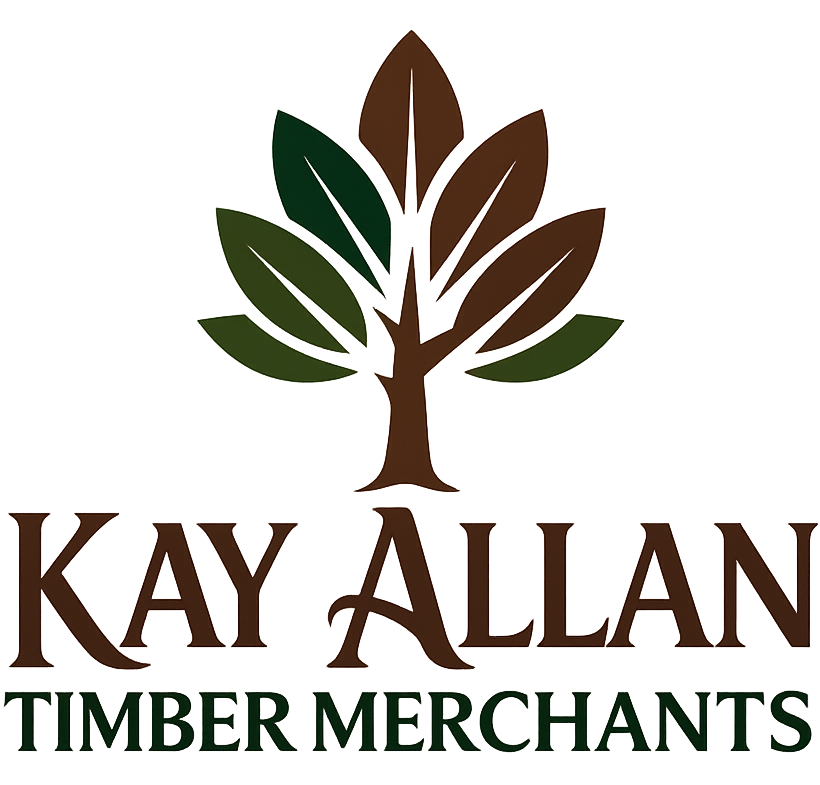Uncategorized
Timber Shelves Installation: Anchoring Into Studs Safely
Wooden shelves are a terrific way to increase storage or exhibit space without making things look too modern or unnatural. The way you put up your shelves is what makes them safe and long-lasting, whether you want a rustic design with rough-cut boards or a clean, modern look with planed boards.
It’s not simply a good idea to anchor timber shelves into wall studs; it’s a must. A shelf that is put up correctly may hold anything from books to kitchenware without tumbling off the wall. And the best thing is? You don’t have to be a pro builder to do it. You only need a plan and the correct tools.
Why Studs Matter When Hanging Timber Shelves
When putting up wooden shelves, it’s important to secure them into wall studs. Behind your drywall, there are vertical wooden timbers called wall studs. They are the strongest parts of the wall and can hold a lot of weight. Putting heavy wooden shelves straight on drywall without a stud behind them is a sure way to cause damage. If you don’t secure it properly, even a shelf constructed of light timber boards will come out with time.
A stud finder can help you find these wooden supports. Once you’ve discovered the stud, you should put your screws or anchors right into it. This gives the shelves enough strength to hold the timber securely, especially if you’re using oak wood, which is heavier than other types.
Picking the Right Timber and Size
You need to get the proper type of timber shelves before you even think about drilling holes. Oak timber is a good choice if you want a sturdy, classic style. It has a lovely grain and is recognized for lasting a long time. Planed wood, on the other hand, is smooth, easy to work with, and looks polished without having any finishing.
A lot of individuals choose timber cut to size so that their shelves fit perfectly. This keeps things clean and saves time. It’s also useful if you have a wall that isn’t a standard size or a little space in the kitchen or hallway. Installing timber boards might be hard if they are too broad or too thick, especially if your wall doesn’t have uniformly spaced studs. Even if it’s fastened appropriately, a shelf that’s too deep could sag with time.
Installation Process in Real Terms
You have two pieces of oak timber to work with. They are strong, heavy, and gorgeous. You mark the studs, hold the timber shelf against the wall, and drill pilot holes into the studs. Then, you use timber screws that are long enough to go through both the shelf bracket and the stud to hold the wooden shelves in place. If you do it perfectly, they won’t move.
Also, the space between your brackets should line up with at least two studs for each shelf. This makes it twice as strong and helps balance the weight. According to a survey from DIY Home Data in 2023, wooden shelves that are attached to studs may hold 100 to 150 pounds greater than those that are only hung with wall plugs. That’s a major deal if you’re keeping heavy books or cooking items.
Conclusion
Installing wooden shelves into studs is one of those tasks that appears scary until you actually do it. You can make strong shelves that last for years with the correct kind of wood, such oak for strength or planed timber for ease of use, and some planning.
Anchoring into studs is what keeps everything together, in a very real way. Cutting timber to size and adding timber moldings to finish it off adds both utility and style. It’s not about getting it right. It’s about making it safe, helpful, and something you can show off to those who come into the room.

